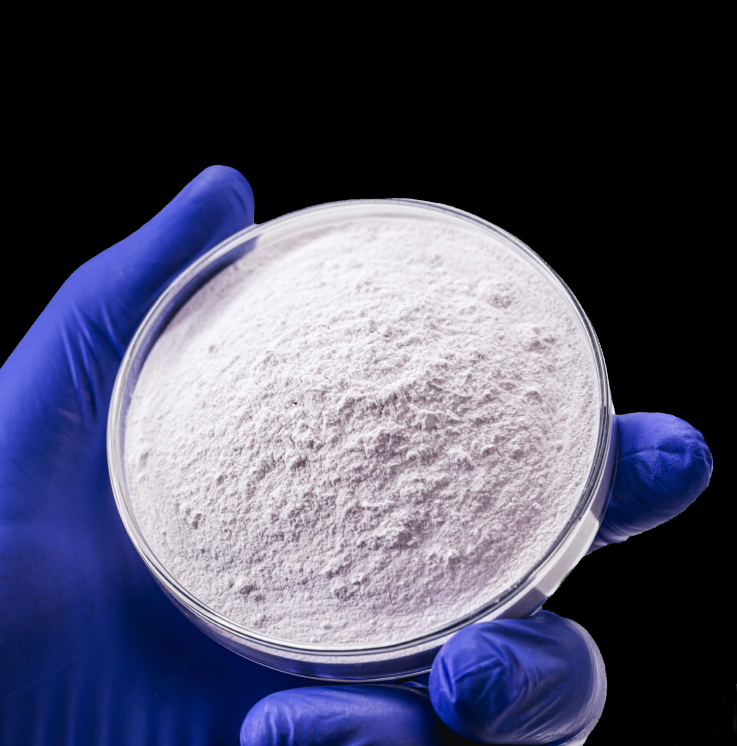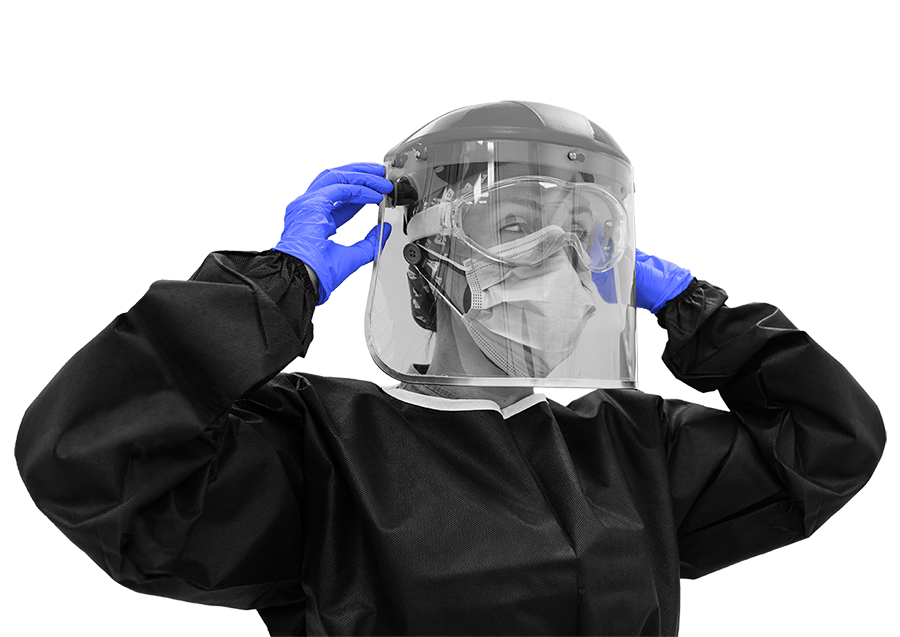It is widely reported that 40% of New Chemical Entities (NCEs) in the pharmaceutical industry are poorly soluble, leading to inadequate bioavailablity1,2. Spray drying is one of the most promising particle engineering technologies used to overcome solubility issues in active pharmaceutical ingredients (APIs). Spray drying can generate very fine powders for inhalable drugs and improve the bioavailability of solid-dosage drugs using amorphous solid dispersion.
Spray drying is a challenging process to optimize and scale up. The spray process encompasses several parameters that significantly affect the product yield, residual solvent content, as well as the particle size and morphology. These parameters include the drying gas flow rate, temperature, nozzle type, design, location, and operating conditions of the nozzle (gas and liquid flow rate). Some APIs also have a low glass transition temperature (Tg) and sticky point, leading to the product sticking to the glass surface and resulting in lower yield. Traditional scale-up and tech transfer techniques are often experiential, empirical, or design of
experiments (DOE) based. A large amount of material and time is required to fully optimize and understand the spray drying process using these traditional approaches. Therefore, Veranova has generated a new workflow including experimental characterization and mathematical modeling.

